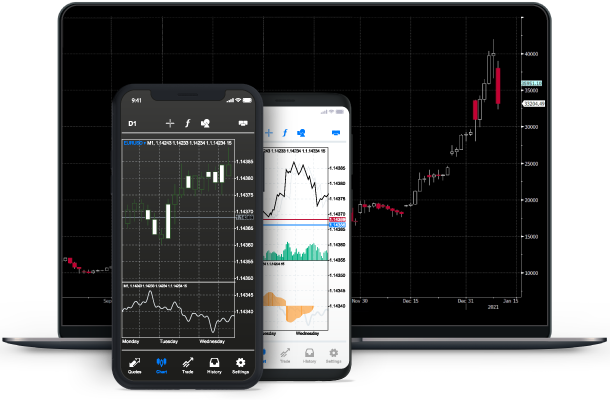Trading Guides: What are Commodities
Among the many financial instruments offered by Brokers, you will find a category named Commodities.
But, what are commodities in online trading?
Simply put, a commodity is any object that comes out of the Earth.
More specifically, commodities are classified into 4 types:
- Metals (iron, steel, aluminium, gold, silver, platinum)
- Energy (Oil, natural gas’)
- Agricultural products (wheat, barley, potatoes, cocoa, cotton)
- Livestock products (Meat, eggs, milk, leather, wool)
Commodity trading and the commodity markets are one of the oldest forms of trading. Commodities are actively traded in a plethora of commodity exchanges all over the world. Some exchanges are generic in nature and sell many types of commodities, while others are specialized and only trade the commodity they specialize in.
Trading of commodities happens between the producer and the consumer of a commodity. To give an example, let’s say the consumer is a tin can factory. To produce tin cans, it must purchase raw tin ore from a producer of tin ore such as a tin mine. The existence of a commodity market means the consumer does not need to visit the producer, or producers, to procure the best deal for his tin can production factory.
What are Commodities CFD
Commodities trading between producer and consumer is usually done as Futures contracts. Meaning, that the consumer will agree to buy from the producer an x amount of the asset at a fixed price until the Futures contract expires saving both of them from volatile price fluctuations.
However, the producer and consumer in the commodities market have speculators and day traders around who aim to earn returns from the change in movement of commodity prices. Day traders don’t actually purchase the underlying asset, but they enter commodity trading as CFD, short for Contract for Differences. CFDs are always settled in cash. For instance, if you are a day trader trading Commodity CFDs you don’t have to deal with having tons of a commodity product delivered to you. You just speculate whether the price will move upwards or downwards, and you open the appropriate positions accordingly.
The most commonly traded commodities as CFD are oil and gold. Oil is considered as a benchmark of global economy, since it is assumed that the better global economy is fairing the more oil is needed for consumption and vice versa. Gold is considered as a’safety pillow’ when economies and fiat currencies are going through difficult times. It’s important to remember that different commodities have different measurements and are priced differently. For example, oil is measured and priced in barrels.
Advantages of Commodities as CFD:
- The margin cost for Commodities as CFD is significantly lower than other forms of commodity trading like Futures.
- With CFDs you can choose smaller trading sizes that make it easier to manage risk.
- You can earn returns’bidirectionally’, meaning that you can profit both when the price moves up and when it moves down, by opening the appropriate positions. You are not limited to earning profit only when the price moves up.
- You can study the historic movement of prices for a commodity and compare it to current prices to forecast possible future movement.
Practice Commodities CFD trading by opening a free demo account with $50,000 Virtual Balance here, before you risk real money in the markets.













